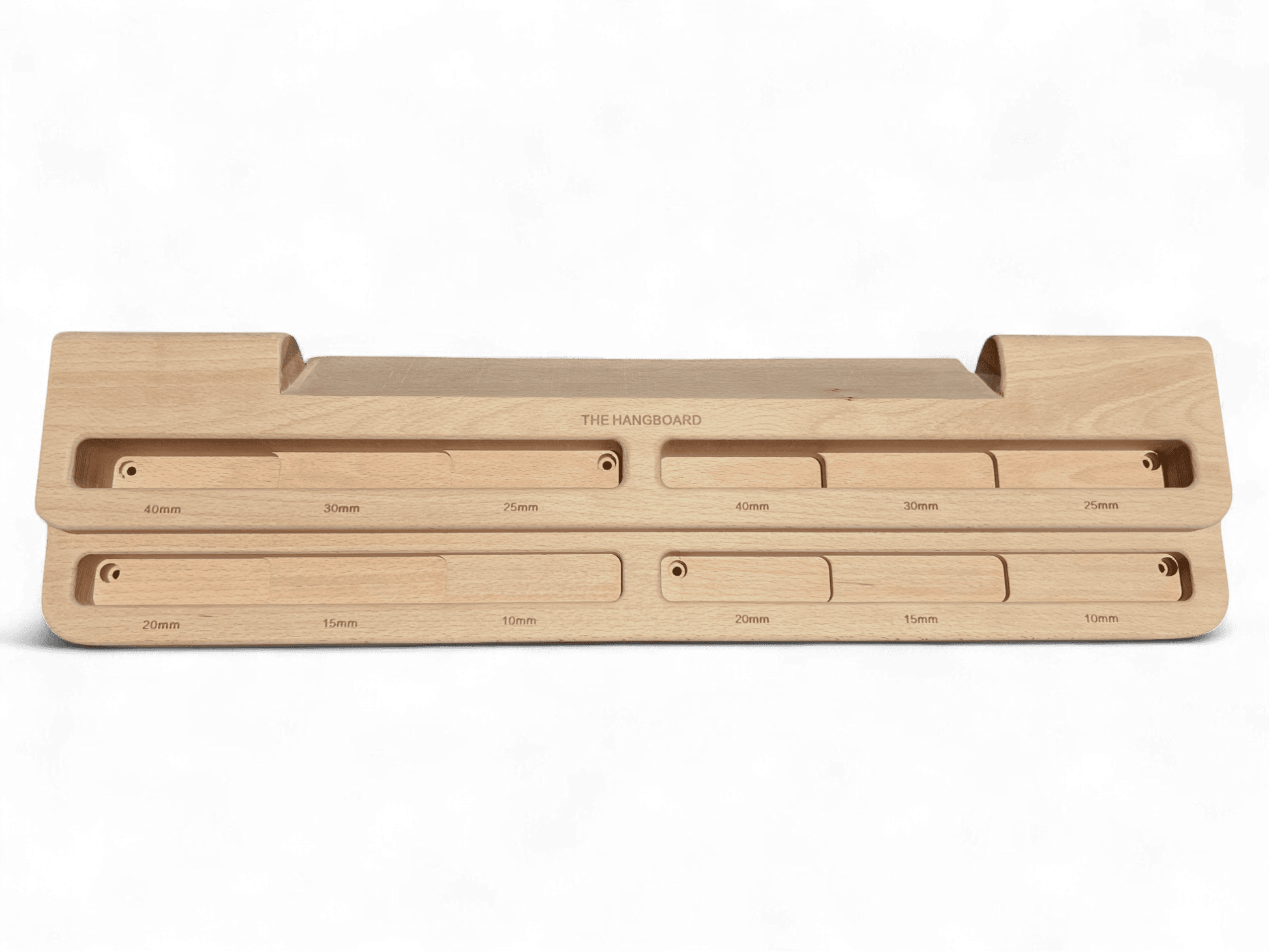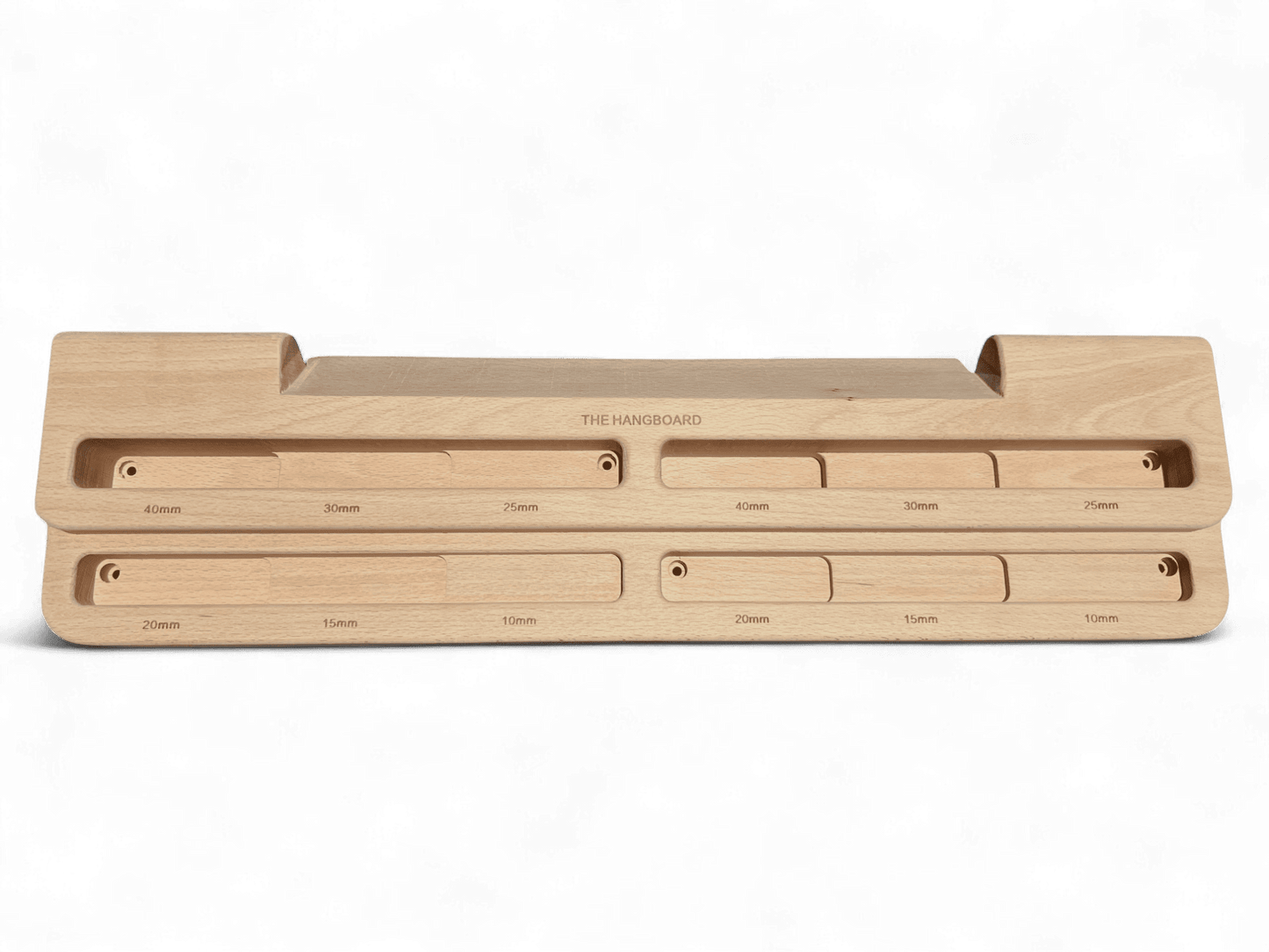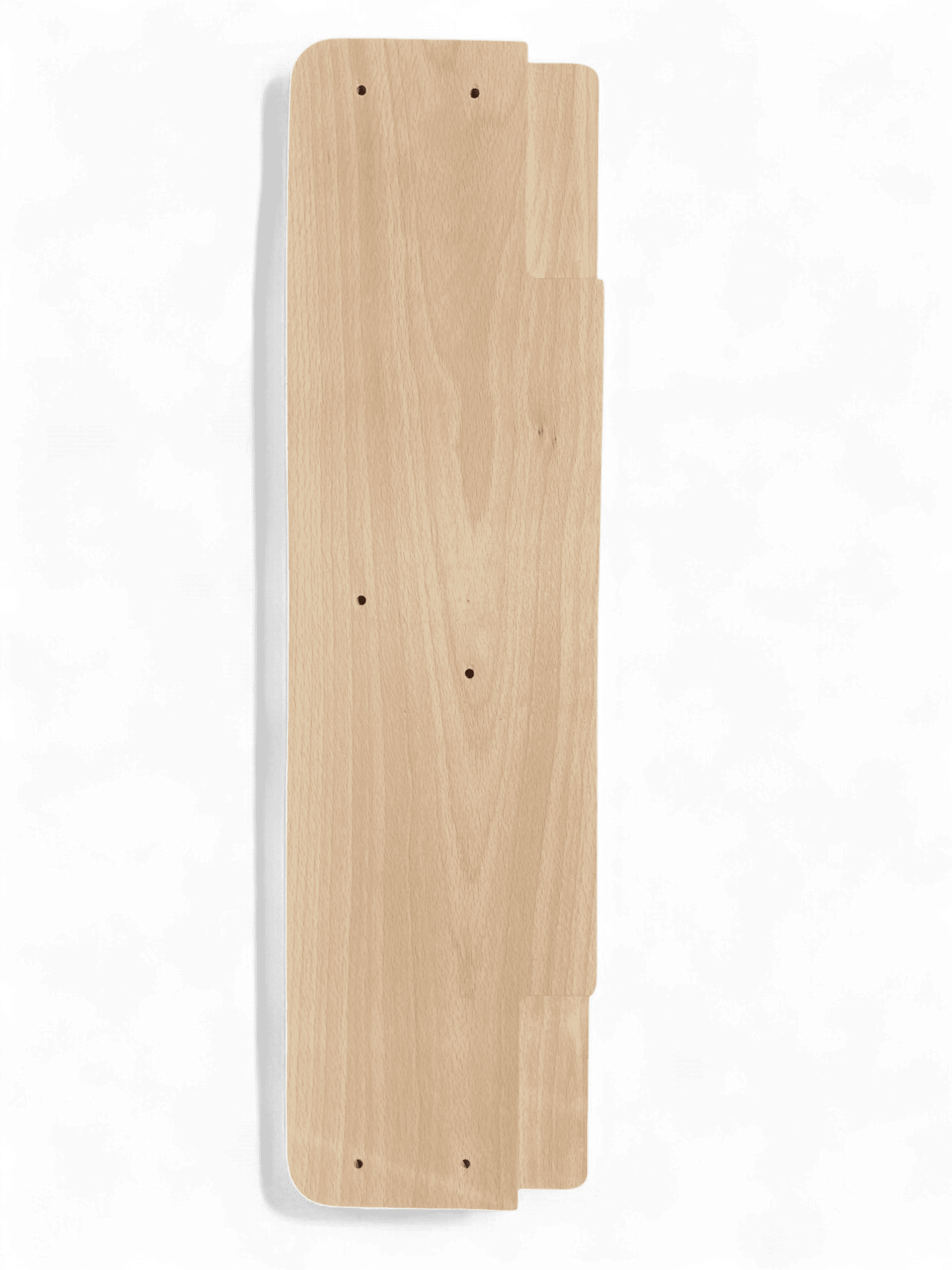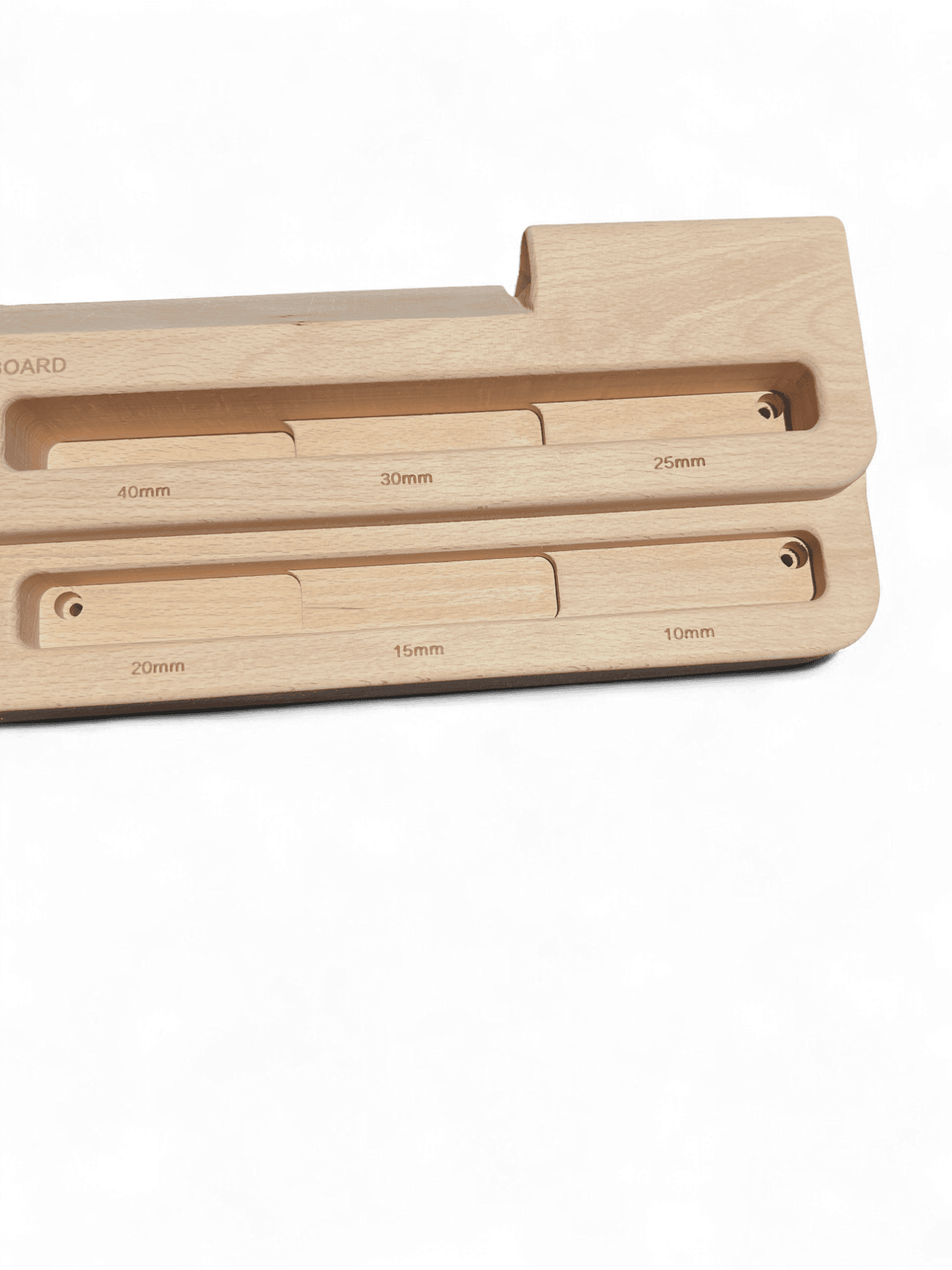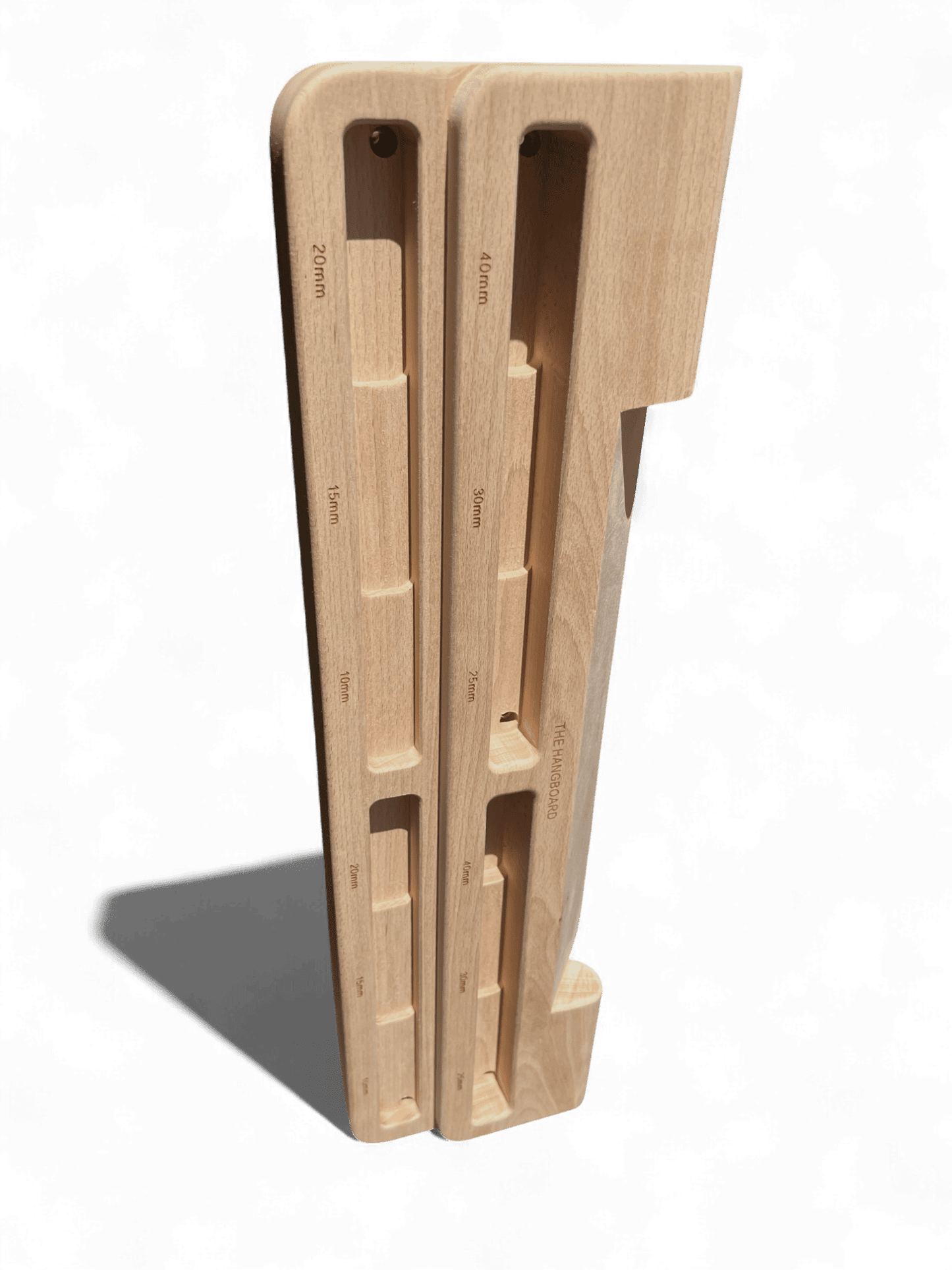Are you looking to improve your climbing skills and increase your finger strength? If so, a well-structured and safe hangboard workout might be just what you need. As with any training regimen, safety should always be paramount. Let's explore an easy-to-follow hangboard workout routine that prioritizes safety and effectiveness.
Introduction
Hangboarding has become a quintessential tool for climbers wanting to develop their finger strength, improve their grip, and ascend to new climbing heights. However, the key to effective hangboarding is not only about how hard you train but also how safely you do it.
Hangboard Workout Credit: Emil Abrahamsson
Why a Hangboard Workout?
Hangboards provide a focused, controlled environment to work on your grip. With varied grip positions available, they target specific muscle groups that are vital for climbing. Over time, a structured hangboard workout can lead to significant improvements in your climbing ability, enhancing both your endurance and power.
The Importance of Safety
Training safely is as crucial as the training itself. Incorrect techniques and overtraining can lead to injuries, such as tendon strain and pulley injuries, which can put you off climbing for weeks, if not months. Therefore, always ensure that your hangboard workout focuses on gradual progression and appropriate recovery periods.
Your Safe and Effective Hangboard Workout
Now, let's delve into a hangboard workout routine that encourages safety while still promoting growth and progress:
The Daily Hangboard Workout Protocol
Frequency:
This routine can be done one or two times per day, with a six-hour window between each session. Beginners are encouraged to start once per day to make it manageable.
Equipment:
A hangboard is necessary for this routine. If possible, you can use a doorway mount like the fictitious to hang your board, especially if you are living in a small space.
Workout Routine:
1. Warm-up: Start with a light warm-up to prepare your fingers for the workout. This can include hanging on something easy to hold, or lightly stretching out your forearms.2. Half Crimp: Start with the half crimp position (fingers at 90 degrees). This will be done for six sets. Each set includes 10 seconds of hanging followed by 20 seconds of rest.
3. Three Finger Drag: After the half crimp, transition to the three-finger drag. Again, this will be done for six sets with the same time intervals - 10 seconds of hanging followed by 20 seconds of rest.
4. Front Two Finger Drag: Move on to the front two finger drag, using the index finger and the middle finger. This will be done for two repetitions with the same time intervals.
5. Middle Two Finger Drag: Switch to the middle two finger drag, using the middle and ring fingers. This will be done for two repetitions with the same time intervals.
6. Front Two Finger Crimp: Transition to the front two finger half crimp, using the index and middle fingers. This will be done for two repetitions with the same time intervals.
7. Middle Two Finger Crimp: Finish off with the middle two finger half crimp, using the middle and ring fingers. This will be done for two repetitions with the same time intervals.
Important Note:
- Ensure that you are comfortable on the hangboard and not feeling any form of fatigue. If there is any fatigue or major discomfort, you're likely pushing it too hard and should decrease the weight that you're pulling with.
- The protocol should feel comfortable and make your fingers feel more healthy. If not, you might be pushing it too hard.
Always remember to train safely and listen to your body. With consistent practice, this hangboard workout routine will help you gradually improve your finger strength.
Hangboard Workout Credit: Emil Abrahamsson


